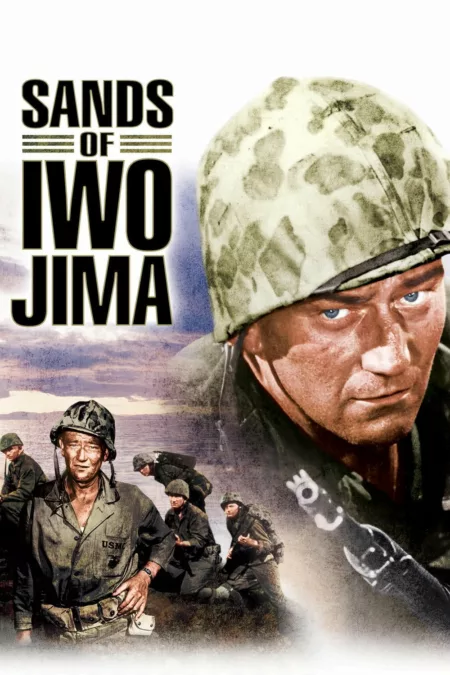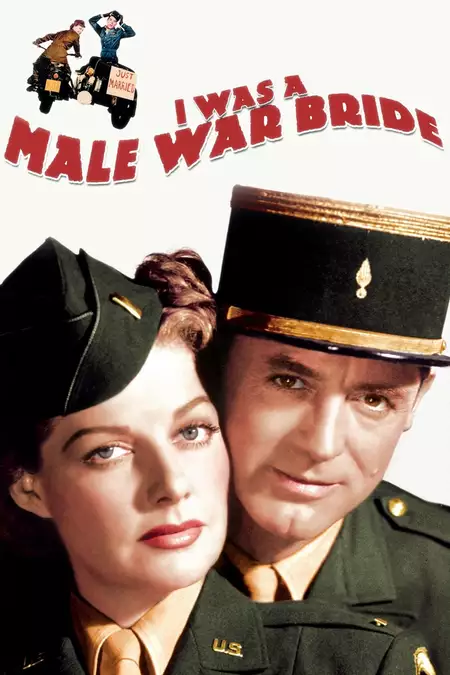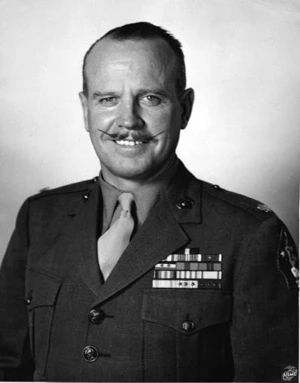Biography
(No Information)
Filmography
all 2
Movies 2
self 1
Lt. Col. H.P. Crowe

Sands of Iwo Jima (1950)
Movie
Military Police Sergeant at Heidelberg Town Hall (uncredited)

I Was a Male War Bride (1949)
Movie
6
Information
Known ForActing
GenderMale
Birthday1899-03-07
Deathday1991-06-27 (92 years old)
Birth PlaceBoston, United States
CitizenshipsUnited States
AwardsSilver Star, Navy Cross, Purple Heart, Legionnaire of Legion of Merit, Bronze Star Medal
This article uses material from Wikipedia.
Last updated:
 H.P. Crowe
H.P. Crowe- Filmography
- Information